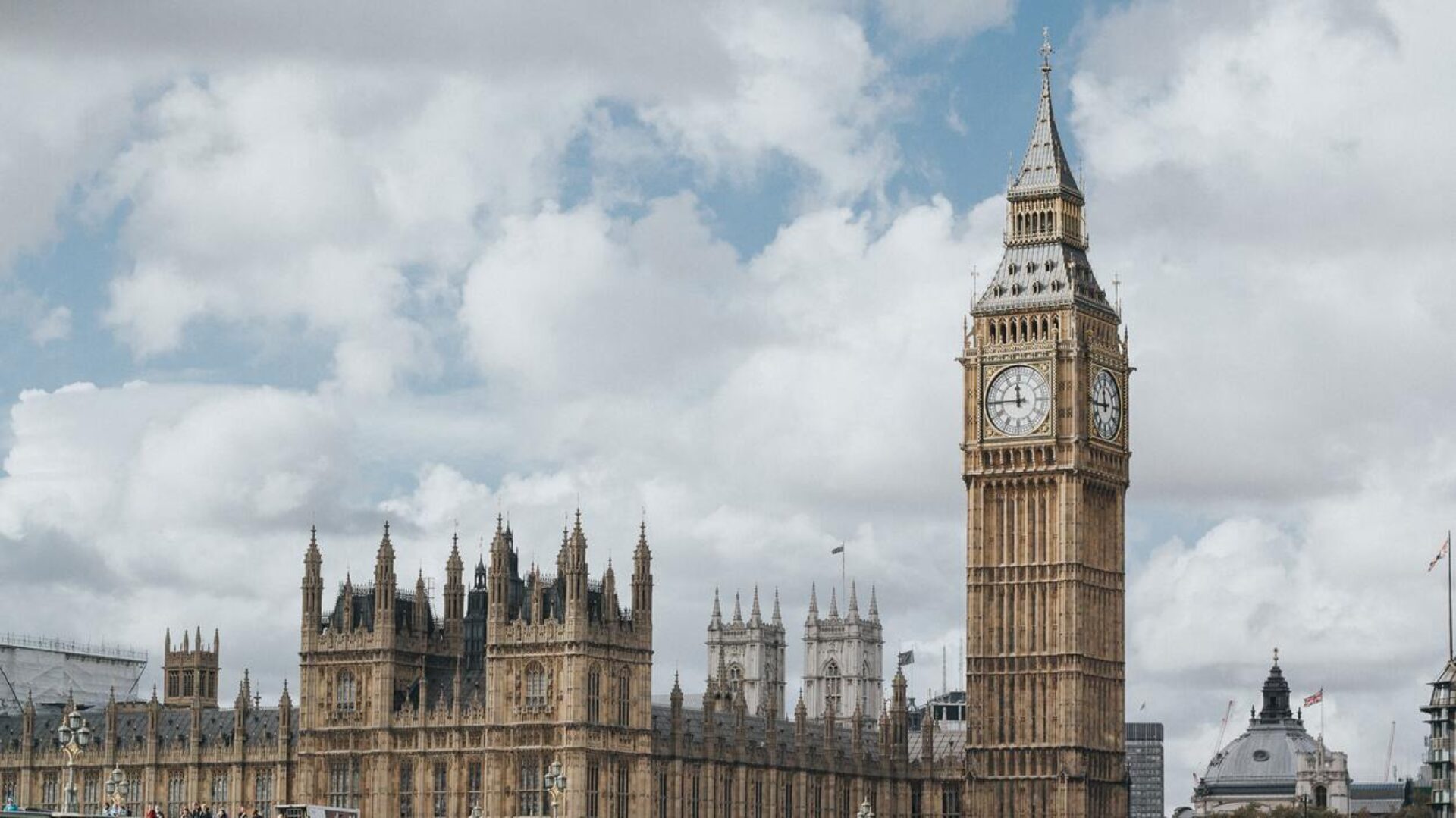Durham Castle

Durham Castle
Durham Castle stands as a magnificent and historic landmark in the city of Durham, England. With its imposing architecture, rich history, and enduring significance, Durham Castle holds a special place in the cultural heritage of the region. This essay will explore the history, architecture, functions, significance, and visitor experience of Durham Castle.
History: The School has a storied history that dates back to the Norman Conquest of England in the 11th century. It was commissioned by William the Conqueror in 1072 as part of his efforts to establish Norman control over the north of England. Construction of the castle began around 1072 under the supervision of Bishop William Walcher, the first Norman Bishop of Durham, and continued over several centuries, with subsequent bishops adding to and modifying the structure.
Architecture:
The School is a remarkable example of Norman military architecture, characterized by its massive stone walls, sturdy towers, and strategic location atop a rocky promontory overlooking the River Wear. The castle's original design included a motte-and-bailey layout, with a central keep surrounded by a defensive curtain wall and an outer bailey housing domestic buildings, stables, and other ancillary structures.
Over the centuries, the school underwent numerous renovations and expansions, reflecting changes in architectural styles and functional requirements. The castle's architecture evolved from a military fortress to a palatial residence and administrative center, with Gothic and Renaissance elements added during later periods of construction.
One of the most notable features of Durham Castle is its Keep, also known as the Norman Chapel. Built in the Romanesque style, the Keep features thick walls, rounded arches, and intricate stone carvings, showcasing the craftsmanship and artistry of the medieval masons. The Keep originally served as the bishop's residence and later housed the castle's chapel, which is still in use today.

Functions: Throughout its history, The School has served various functions, including:
- Military Fortress: In its early years, Durham Castle served as a military fortress and defensive stronghold, protecting the bishopric of Durham from external threats and securing Norman control over the region.
- Episcopal Residence: The castle was also the official residence of the bishops of Durham, who wielded significant political, ecclesiastical, and administrative power in the north of England. The bishops used the castle as a seat of governance, hosting meetings, ceremonies, and other official functions.
- Palatial Residence: As the bishops' power and wealth grew, Durham Castle underwent extensive renovations to transform it into a palatial residence befitting their status. Lavish apartments, grand halls, and ornate gardens were added to enhance the castle's aesthetic appeal and comfort.
- University College: In 1837, Durham Castle became the home of University College, Durham, one of the founding colleges of Durham University. The castle served as the college's primary academic and residential facility, housing students, faculty, and administrative offices.
- Cultural and Educational Center: Today, Durham Castle continues to serve as a cultural and educational center, hosting events, exhibitions, and educational programs for visitors, students, and the local community. The castle's historic significance, architectural beauty, and picturesque setting make it a popular destination for tourists, scholars, and history enthusiasts alike.

Significance: The School holds significant cultural, historical, and architectural importance for several reasons:
- Architectural Heritage: As one of the best-preserved Norman castles in England, Durham Castle is a testament to medieval military architecture and craftsmanship, offering valuable insights into the construction techniques and design principles of the period.
- Historical Legacy: Durham Castle played a pivotal role in the history of England, serving as a symbol of Norman authority, ecclesiastical power, and royal prerogative in the north of England. The castle's association with key historical figures, events, and institutions adds to its significance and allure.
- Cultural Landmark: Durham Castle is a cultural landmark of national and international importance, attracting visitors from around the world who come to admire its architectural beauty, explore its rich history, and experience its unique atmosphere.
- Educational Institution: As the home of University College, Durham, the castle has been instrumental in shaping the academic and intellectual life of the region for nearly two centuries. It continues to play a vital role in higher education, research, and community engagement as part of Durham University.
- Tourist Attraction: Durham Castle is a popular tourist attraction, drawing visitors with its guided tours, exhibitions, events, and stunning views of the surrounding landscape. The castle's inclusion on the UNESCO World Heritage Site list, along with Durham Cathedral, further enhances its profile and appeal as a must-visit destination.
Visitor Experience: Visitors to Castle can enjoy a range of activities and experiences, including guided tours of the castle's interior, which offer insights into its history, architecture, and inhabitants. Highlights of the tour may include the Norman Chapel, Great Hall, medieval kitchens, and landscaped gardens. Special events, exhibitions, and educational programs are also offered throughout the year, providing opportunities for deeper engagement with the castle's heritage and significance.
In conclusion, the School stands as a remarkable symbol of Norman power, ecclesiastical authority, and architectural splendor in the heart of Durham. With its rich history, stunning architecture, diverse functions, and enduring significance, the castle continues to captivate visitors, scholars, and admirers, embodying the spirit of heritage, culture, and learning that defines the city and its surroundings.
In case, if you need help with Guardianship and Homestay in order to study in Durham Castle or other schools in the UK or Ireland, please fill in application below or contact us directly.


